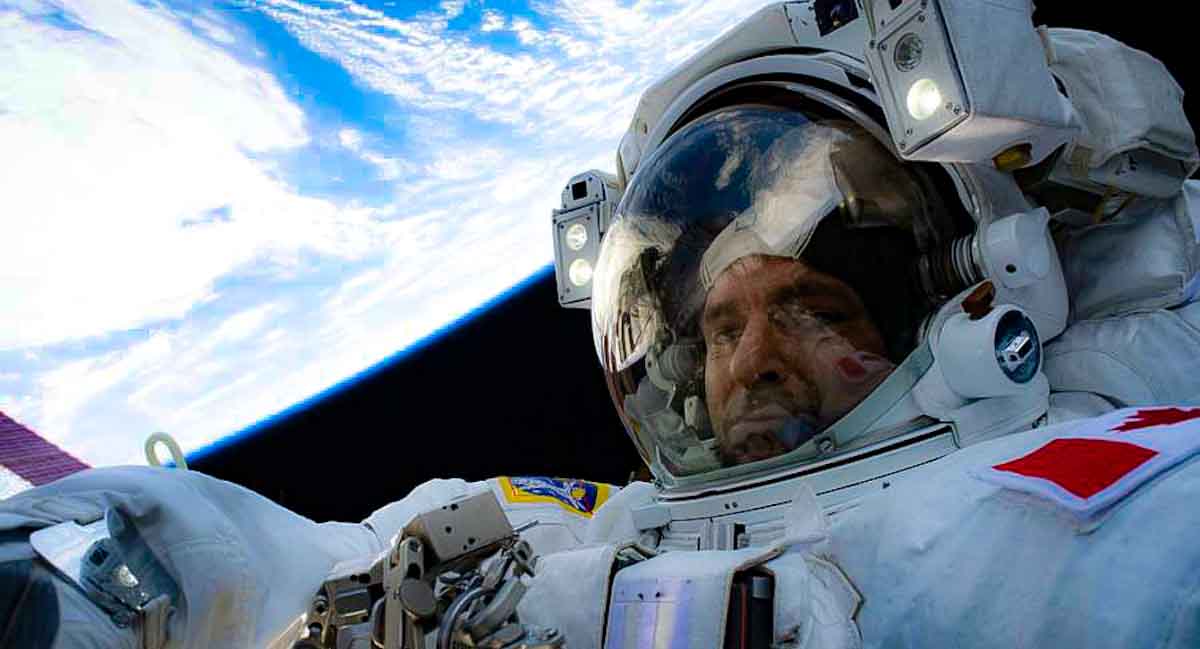NASA, the world’s leading space agency, has revolutionized our understanding of the universe with its breathtaking high-resolution space photographs. From capturing distant galaxies to documenting the beauty of our solar system, NASA’s images offer a window into the vast cosmos.
These high-quality photos, taken using advanced telescopes and space probes, have not only fueled scientific discoveries but also inspired millions worldwide.
NASA’s Spaceg Photography
NASA employs cutting-edge technology to capture space images in unparalleled detail. Using telescopes like the Hubble Space Telescope, the James Webb Space Telescope (JWST), and space probes such as Voyager and Juno, the agency has provided stunning visuals that reveal intricate cosmic structures and celestial phenomena.
Hubble Space Telescope
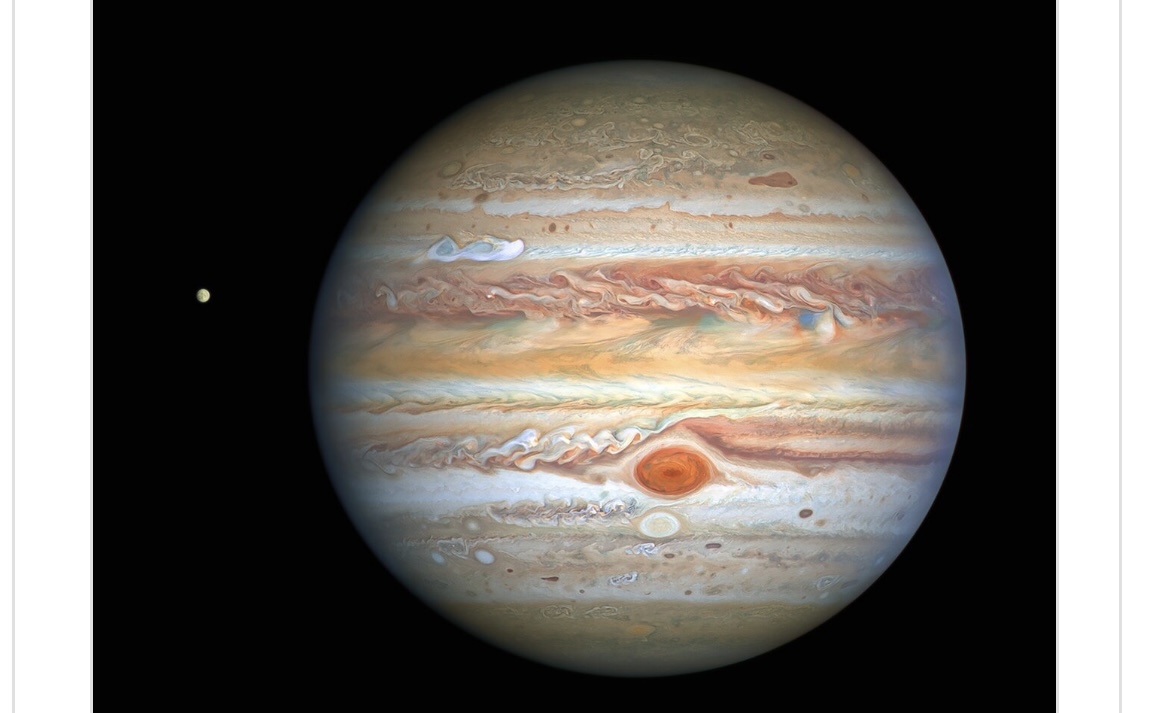
Launched in 1990, the Hubble Space Telescope has been instrumental in transforming our perception of space.
Equipped with state-of-the-art cameras, it captures images in visible, ultraviolet, and near-infrared wavelengths, allowing scientists to study celestial bodies in depth. Some of its most iconic photos include:
- The Pillars of Creation: A mesmerizing image of interstellar gas and dust in the Eagle Nebula, showcasing the birth of new stars.
- Deep Field Images: These deep-space images reveal thousands of galaxies, some dating back billions of years.
- Jupiter’s Great Red Spot: Detailed photographs of Jupiter’s massive storm system have provided valuable insights into the planet’s atmospheric dynamics.
James Webb Space Telescope
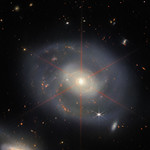
The James Webb Space Telescope, launched in 2021, is the most powerful space telescope ever built. With its infrared imaging capabilities, JWST can peer through cosmic dust and unveil the secrets of the early universe. Some of its notable contributions include:
- The Carina Nebula: A stunning, high-resolution image revealing intricate star formations.
- Stephan’s Quintet: A breathtaking view of interacting galaxies, offering insights into galactic evolution.
- Exoplanet Atmospheres: JWST’s spectroscopic data has provided details about the chemical composition of distant exoplanets, advancing the search for habitable worlds.
NASA’s Spacecraft and Probes
While telescopes observe distant galaxies, NASA’s space probes explore our solar system, sending back extraordinary high-resolution images of planets, moons, and asteroids.
Voyager Missions
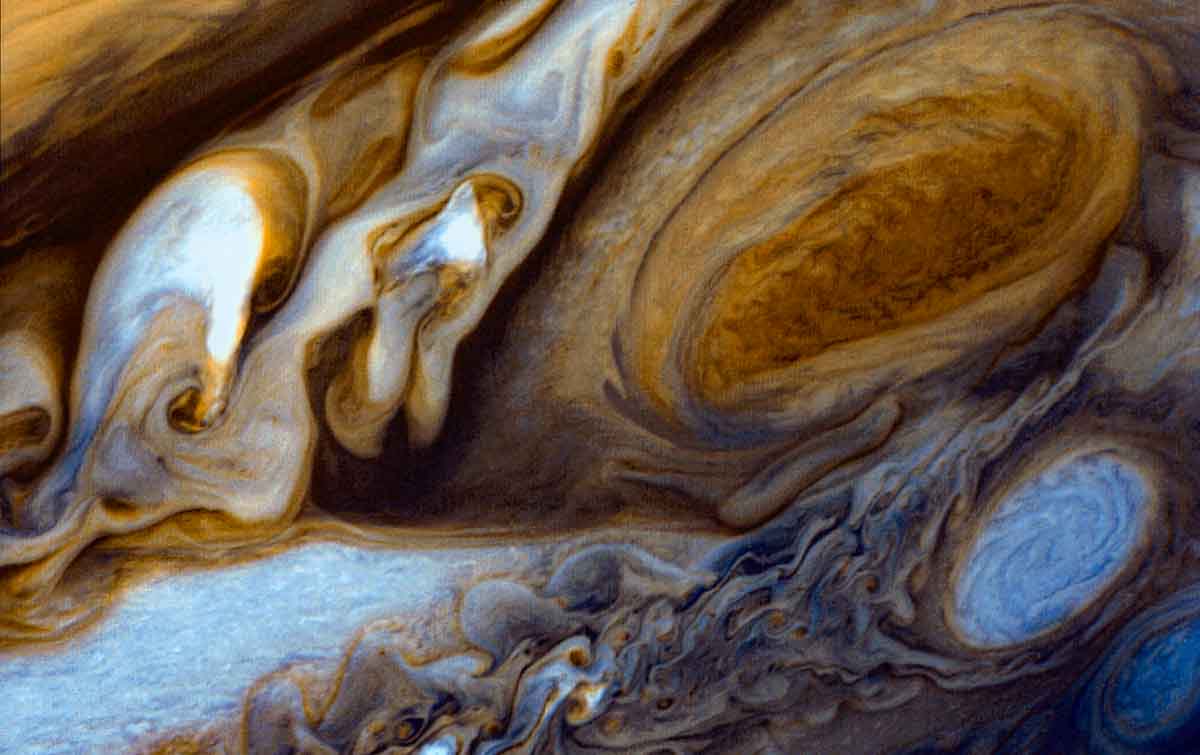
The Voyager 1 and 2 probes, launched in 1977, have traveled beyond our solar system, capturing some of the most iconic images in space exploration:
- The Pale Blue Dot: A historic image taken by Voyager 1, depicting Earth as a tiny speck in the vastness of space.
- Neptune and Uranus: The only close-up images we have of these distant ice giants.
Juno
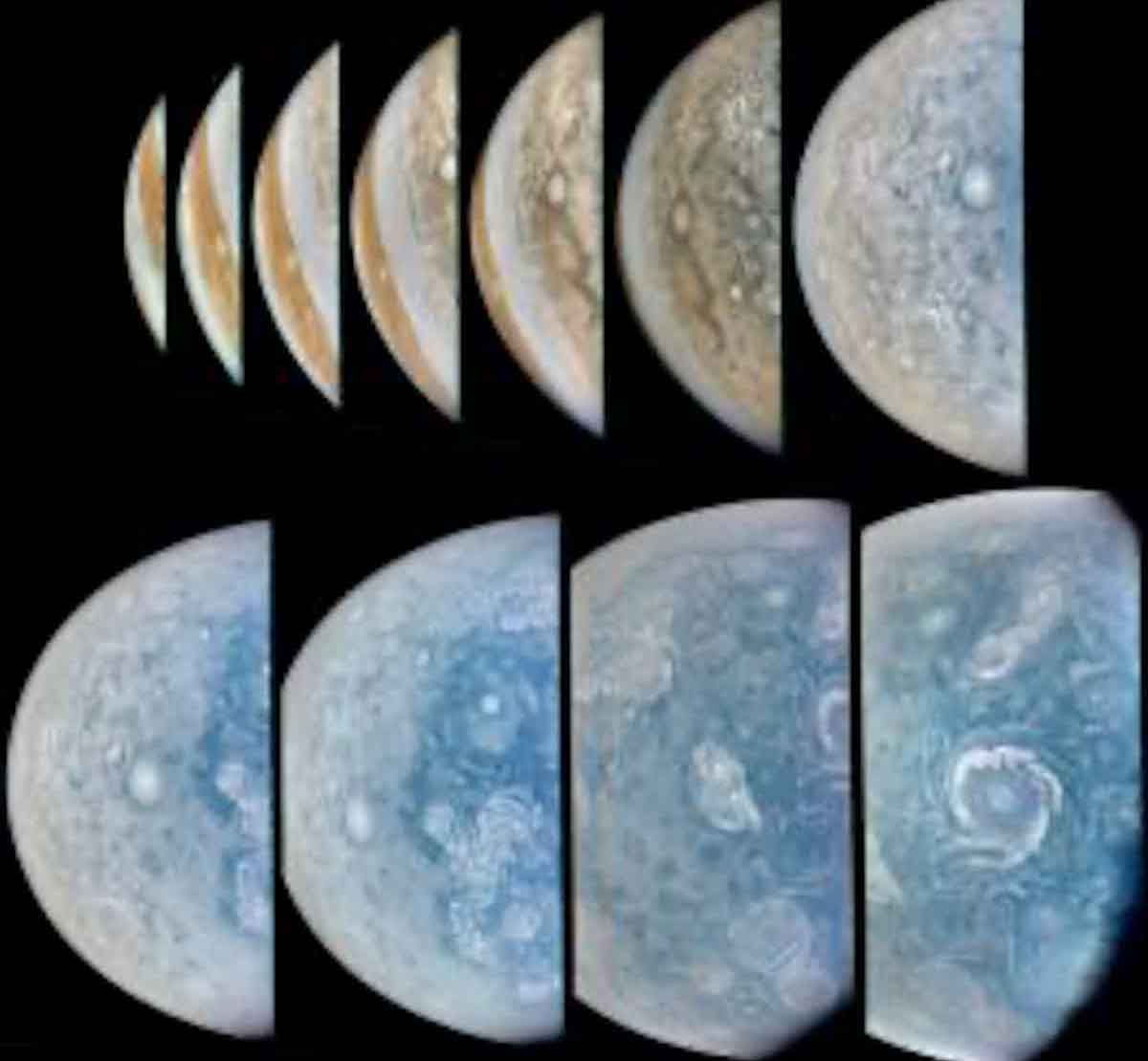
NASA’s Juno mission has provided some of the most detailed images of Jupiter’s swirling atmosphere, polar storms, and deep cloud structures. Its high-resolution photos have reshaped our understanding of the gas giant’s composition and dynamics.
Perseverance Rover
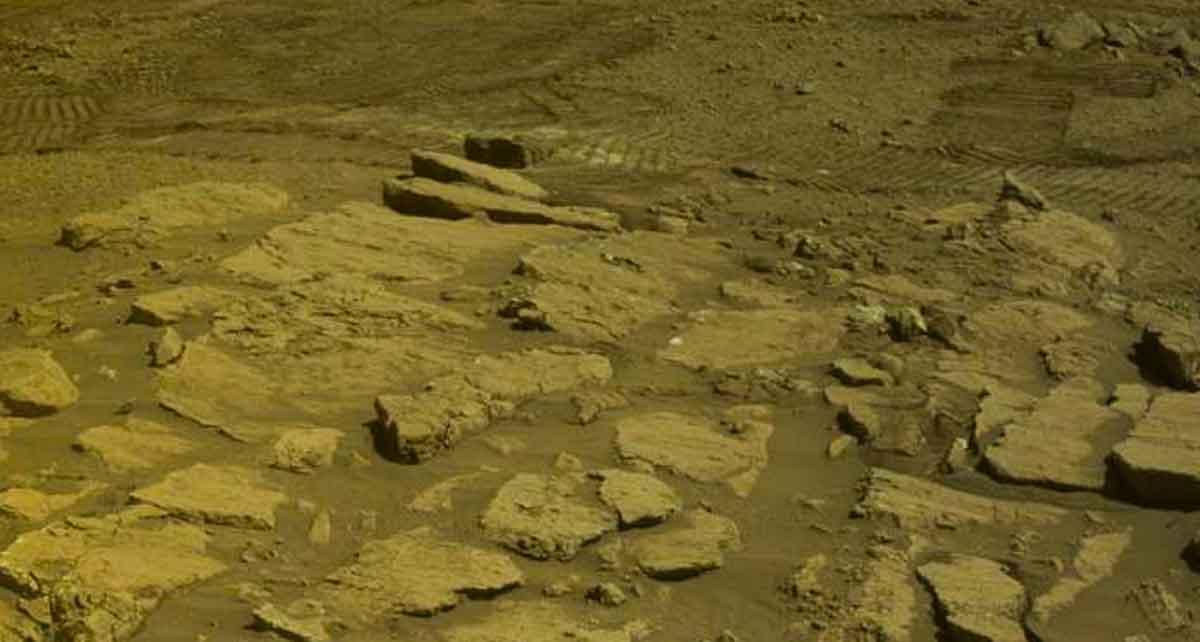
The Perseverance rover, currently exploring the surface of Mars, has sent back ultra-high-definition images of the Martian terrain. These detailed photographs have helped scientists study the planet’s geology and search for signs of ancient microbial life.
The Importance of High-Resolution Space Photography
NASA’s high-quality space images serve multiple purposes, from scientific research to public engagement. They help astronomers:
- Study the formation and evolution of galaxies, stars, and planetary systems.
- Understand cosmic phenomena such as supernovae, black holes, and dark matter.
- Identify potentially habitable exoplanets.
Additionally, these breathtaking images inspire curiosity and encourage interest in space exploration among the public.
NASA frequently shares its space photography through platforms like the Astronomy Picture of the Day (APOD) and HubbleSite, making the wonders of the universe accessible to everyone.
What role does technology play in advancing space imaging?
NASA’s high-resolution space photography is a testament to human ingenuity and our quest to understand the cosmos. With advancements in technology, future missions will continue to push the boundaries of space imaging, bringing us even closer to the mysteries of the universe.
Whether through Hubble, JWST, or interstellar probes, NASA’s images will remain an enduring source of knowledge and inspiration for generations to come.
